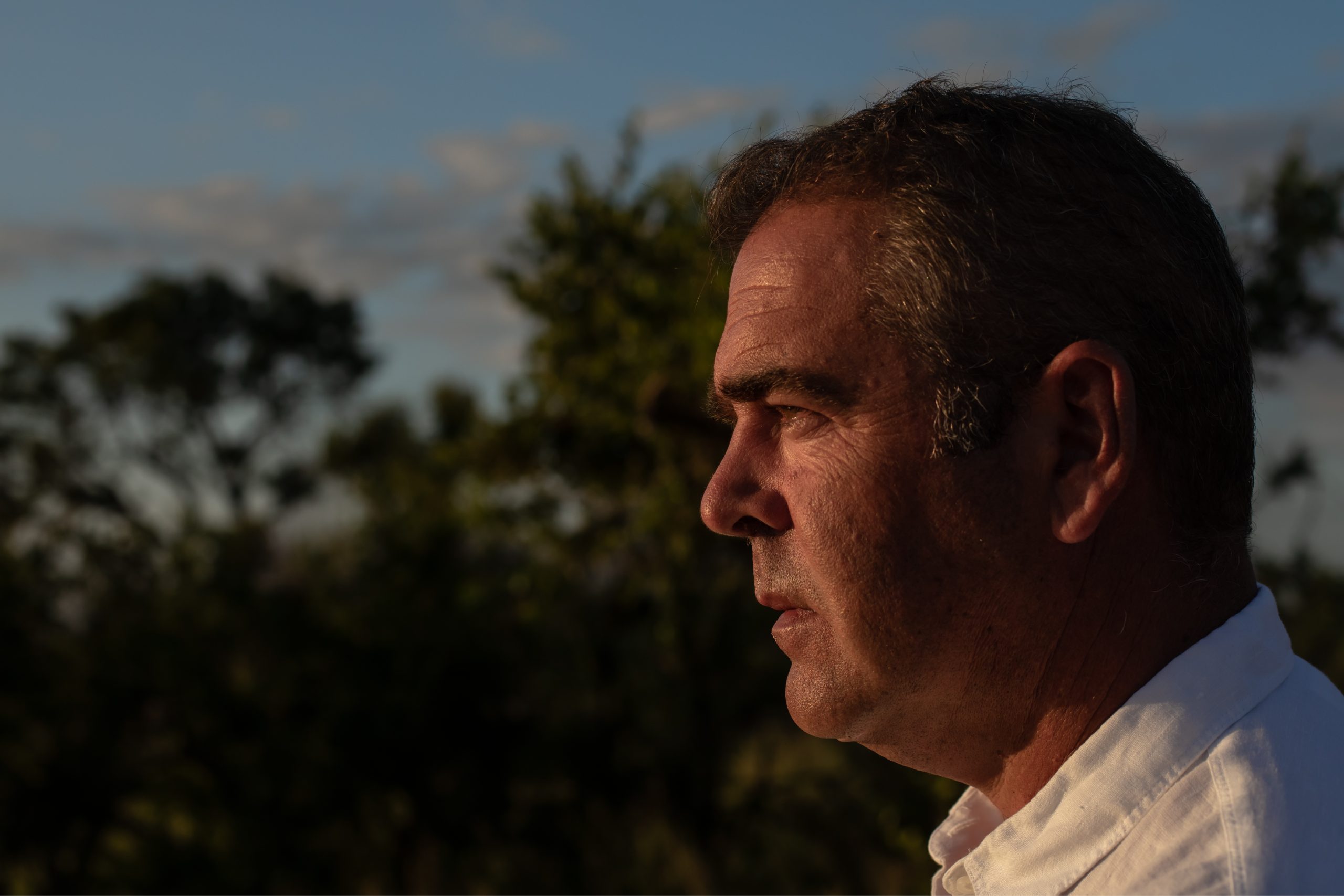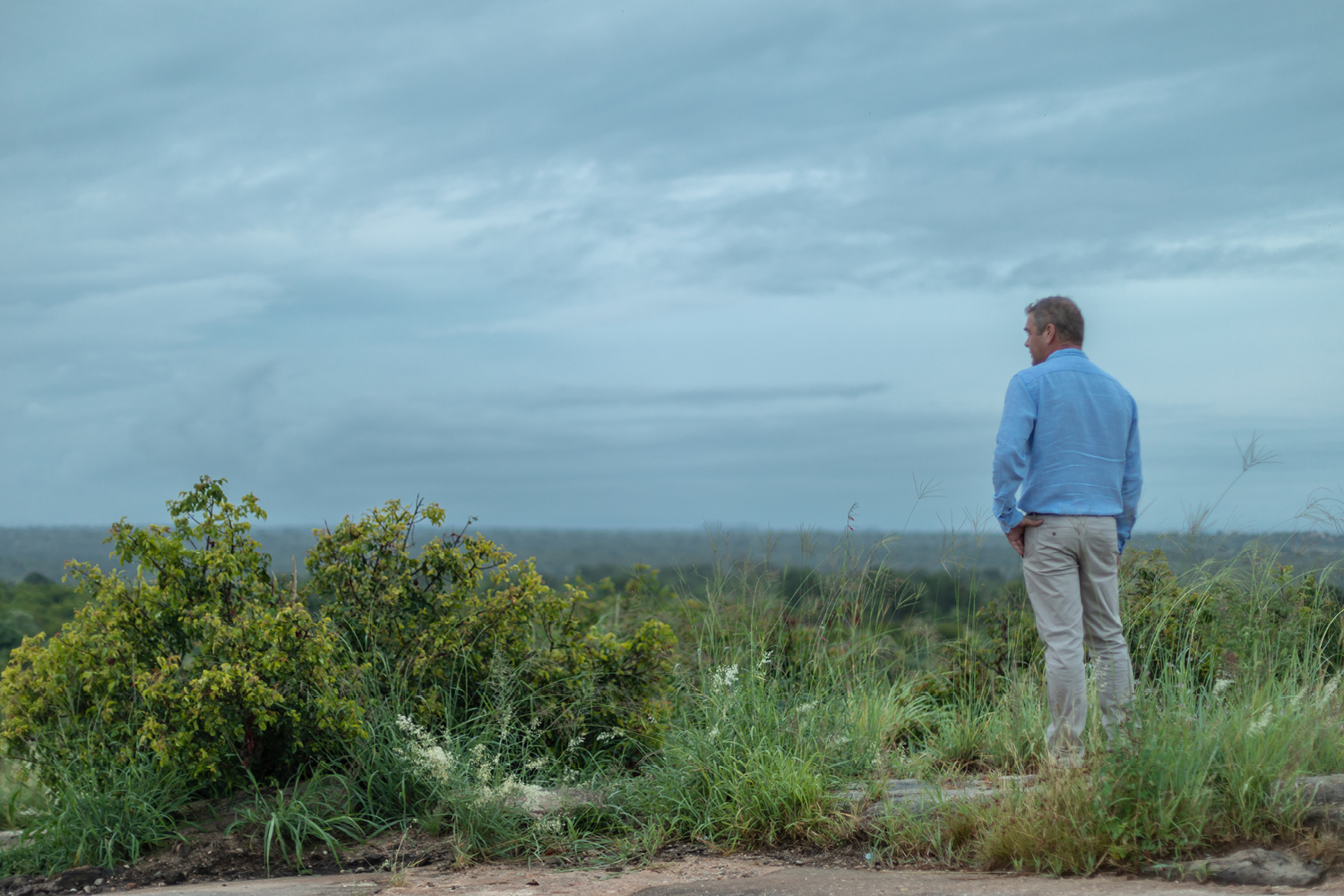Two key moments during November 2021 will give investors important insight into the country’s political and financial decisions and their potential make-or-break consequences.
Ten days after South Africans elect local government leaders on 1 November, Finance Minister Enoch Godongwana will table the 2021 Medium Term Budget Policy Statement (MTBPS). Investors will already be wondering what the reason for would be moving this date from 4 November at such a late stage.
While it has become standard for commentators to reiterate that Treasury has little “wiggle room” as South Africa’s financial position becomes increasingly fraught, managers of the Amplify SCI* Strategic Income Fund have a different view.
Erik Nel, chief investment officer of Terebinth Capital, which manages the fund, believes it is within South Africa’s grasp to change the outcome by making bold decisions rather than bold statements.
Whether Godongwana has the determination and the backing to choose this path may become clearer on 11 November.
This is what to look out for:
KEY EXPECTATIONS
Expect a revenue overrun of at least R100bn, although some estimates are closer to R160bn.
This needs to be viewed against spending trends. “From previously being promised a firm spending ceiling, the goalposts have rapidly shifted in recent months, with the government first caving in on its previous promise of zero wage increase, costing the fiscus at least R20bn, which may still rise materially depending on the outcome of current court cases,” Nel says.
“Additionally, there is the loss of life and cost to the economic impact of the July riots and further extreme lockdowns of the economy during the third COVID-19 wave, amounting to R30-40bn at last count. There are also ongoing expectations of more relief for the bottomless pits that are State-Owned Enterprises (SOEs), and a string of other pet projects, wasteful expenditures and corrupt procurement contract burdens put on the fiscus.”
The net impact of the revenue overrun and rising expenditure demands on the fiscus, considering upwardly-revised GDP expectations, could mean a budget deficit that is R100bn to as much as R200bn better than previously forecast at its peak of around R550bn.
WHAT THIS MEANS
While this puts the range on the deficit between 6% and 7%, this is still “exceptionally poor”, says Nel. “I do not think the core focus in this MTBPS should be on a sharp improvement from previously almost unimaginably poor fiscal numbers (9% deficits and 90-100% debt levels). Seven percent or even closer to 6% is still exceptionally poor, low-70% debt levels are still unacceptable, and it should all be seen in the context of 11% long bond yields, poor productivity, record-high unemployment, rampant poverty and inequality, a huge infrastructure backlog and an unsustainable mix of poor spending, high wages, and high interest bills.
“The reality is that we do not only have a super high public sector wage bill, but because of structural bottlenecks to grow the economy, and poor performance on implementing reform, securing energy supply at a reasonable cost, and ensuring business-friendly policies, our financing strategy to fund the fiscus – together with poor policy choices and populist rhetoric – has all but ensured a very high-risk premium meaning our interest on debt is way above our potential to grow.”
South Africa’s interest expense “is the fastest-increasing large budget line-item, exceeding even the also-unsustainable public sector wage bill”. At the same time, debt maturities bring further challenges, raising the question of why the government was so adamant that it will only look at international financing institutions (IFI) financing without any conditions. However, this window may now be closed.
WHAT REACTION TO EXPECT
In the first few hours, the market reaction will focus on the headline numbers, including the coming fiscal year deficit numbers, which are difficult to predict as there is a 2% or more gap between the lowest and highest forecast.
Assuming a 6.5% deficit, tax collections slowing somewhat in the second half, and some evidence of debt consolidation (if it moves close to the mid-70% mark instead of racing to 80% or 90% as was feared), the market reaction may be positive.
The response in the days thereafter may come with the realisation that improvements in some of the headline numbers “don’t change R4 trillion of debt and massive unemployment”, Nel says, as the market focuses on the longer-term fiscal trajectory.
WHAT PATH ARE WE ON?
The government’s inability to live within its means has created a debt death spiral, and South Africa has to “dig itself out of this mostly-self-dug hole” through good decisions and cheaper options, says Nel.
The path South Africa is on “is almost guaranteed to lead to a balance-of-payment crisis as the currency (the country’s share price) will experience a sudden stop event (a large-scale exodus of foreign investments)”, and South Africa may have to go cap in hand to the International Monetary Fund.
But it is not difficult to change the direction. South Africa has many advantages, including a large young workforce and won the lottery when natural resources were handed out, but it does not have the money to implement all the reforms and tend to the infrastructure backlog.
“This means we have to adopt an inclusive framework that includes the private sector and foreign investors and institutions,” Nel says. The right choices will see the economy grow inclusively – investment rise, investors return, the currency strengthen, the risk premium drop and deficit funding drop, “freeing up more money to continue the move to productive investment”.
WHAT CAN GOVERNMENT DO?
Some immediate actions include making consolidating the budget non-negotiable, reprioritising spending in a more productive manner, holding officials to account, fixing procurement and Eskom, arranging green financing, auctioning spectrum, bringing in experts to fix education, and allowing a think-tank to address our unsustainable funding strategy, Nel says.
“It makes absolutely no sense to fund ourselves at 11% when the repo rate is 3.5%. It makes no sense to say no to IFI funding at basically zero percent. It remains almost impossible to wrap our heads around why Treasury has been so reluctant to bring back floating-rate notes. It could instead, fast-track the decision to lower the inflation target and, in the process, assist in lowering funding costs as risk premia drops.
South Africa has walked a well-trodden path of overspending and under-delivering. Years of poor policy choices and a lack of implementing reforms have all but ensured potential growth in the economy is guaranteed to stay below the natural birth rate, explaining sceptics’ negative perceptions around the investment potential in the economy,” says Nel.
But it has the opportunity to change the outcome by making the right decisions now.
*Sanlam Collective Investments











